Preserving the past as we look to the future: Istanbul fashion and accessories designer Adnan Ege Kutay recounts his journey into the fast and furious world of fashion. Having worked for some of the most prestigious designers on the New York fashion scene, Kutay tells us why he decided to move on from the mainstream labels and pursue his own business in vintage trading and boutique designs. From green cards to green fashion, we discuss ways in which the fashion industry could change in order to reduce its impact on the environment.
As I log into our Zoom meeting expecting to be the first to arrive, Kutay waits patiently for me to set up. We have already rescheduled our call because he needed to walk his dog ‘Pucci’ – short for Giacomo Puccini. I feel a slight guilt as I admit that I had expected him to turn up late. Nevertheless, I am greeted with a sweet smile as he reassures me that it was just a quick walk around the block from his New Jersey apartment.
“The neighbourhood is kind of new compared to other places around here”, he says. “They started building the first buildings here in 1987 and they’re still continuing to build. So, it kind of looks very corporate; it’s not very interesting. It’s mostly new residential buildings and office buildings but it’s a nice neighbourhood”.
Kutay lives in Jersey City (New Jersey) overlooking Manhattan. “From my window I can see across the river”, he points out, as I am finally organising my notes and settling in.
“Collecting fashion is my biggest passion, I feel it really defines me.”
Adnan Ege Kutay
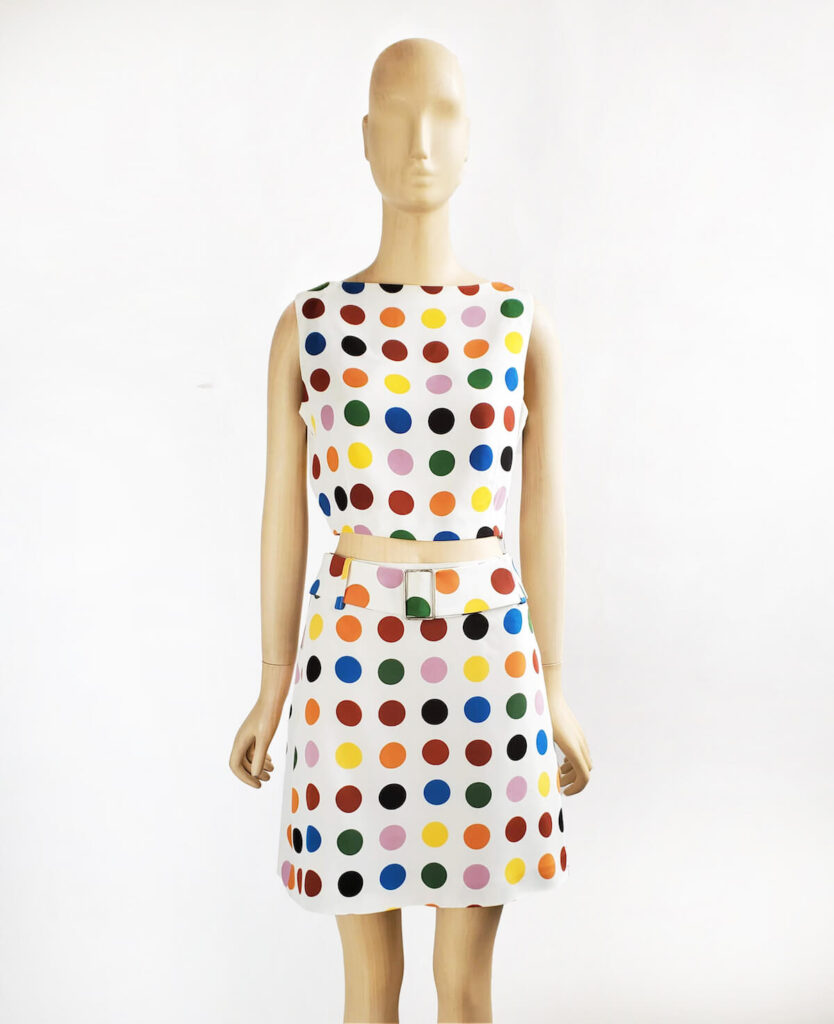
What initially inspired you to become a fashion designer?
Since I was very young – maybe 5 or 6 – I would say, ‘I’m going to become a fashion designer’ because I was always very into clothing, fabrics, that sort of thing. There were definitely some other jobs I thought about doing, besides fashion: antique dealing or interior design but it kept changing. Actually, in my senior year, I was more into interior design but then, my mother introduced me to a career counsellor from a private school. She said my work was more fashion and textile design orientated and recommended I go somewhere abroad instead of studying in Turkey. So, I applied for the Fashion Design program at ITU (Istanbul Technical University).
Was that an international program?
Yes. It was a dual diploma program together with the FIT (State University of New York’s Fashion Institute of Technology). You study for a year in Istanbul, then go to New York, then back to Turkey and back to New York again. So, you really get the chance to study in both schools and experience both cities.
Speaking on this subject, Kutay really lights up. I get a sense that this was a pivotal point in his journey. The fashion industry is not only limited in its selection but cut-throat in its elimination process. Despite the soft, slightly zen aura that surrounds him, I start to get a clearer picture of the gigantic leaps he has taken in order to find his place in such a competitive field.
Reminiscing over his high school days he recalls, “I was really inspired by Christian Dior’s designs from the late 40’s and 50’s, it’s still my favourite. There weren’t so many fashion books available in Turkey and the ones that were available were really expensive. I had a book about Christian Dior and I was always looking at it. I think my first years as a fashion design student also, I was really inspired by him”.
“I go to big department stores, like Macy’s, and see all the discount sections – piles and piles of clothing, most of it made of polyester or other synthetic materials. It feels disgusting.”
Adnan Ege Kutay
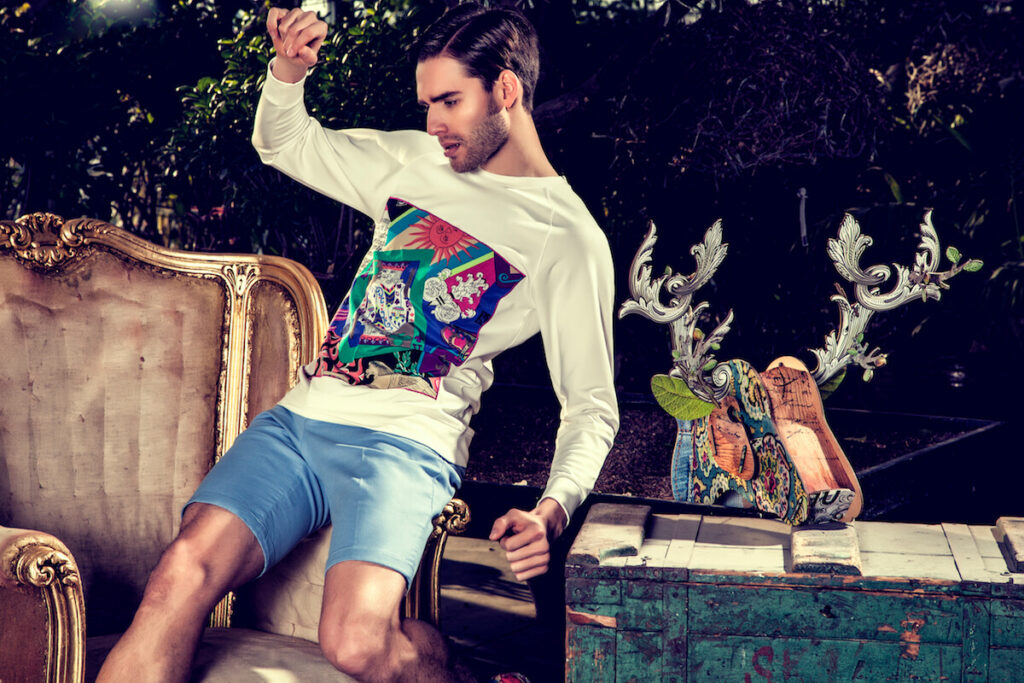
Upon graduating you started an internship with Armani Exchange. How did it feel to finally set foot into the heart of the New York fashion scene?
It was really exciting for sure. I was lucky at Armani Exchange – everybody was really nice. I’m still in contact with them. It’s kind of challenging for international graduates. The only way to stay in the US after your 1-year work permit expires is to find a company that will sponsor you. It’s a complicated process and it’s becoming even more difficult as time goes on. After the internship, they said they’d like to hire me but because it’s a corporate company they’re really strict about who they hire, so I had to wait for a while. In the meantime, I took a short internship with Derek Lam before I finally got the job as an assistant designer for Armani Exchange.
Exciting times. What was your creative role as an assistant designer?
Ah (sighs), it was really limited. I was in menswear – specifically menswear knits – which would be like, polo shirts, sweatshirts, that kind of thing. We had set designs that we’d just tweak a little bit. The inspirations come from Milan and then the head designer at New York creates something based on those designs. After that, it goes to men’s knitwear and you are supposed to do something with it – they already know what they want. It would just be like … playing with different stripes or some little details. Once in a while though, you do something really creative and you are so happy with it. Then, merchandising have their meeting and say, ‘this will never sell, we are cancelling this’ (laughs).
Peeling back the layers, we start to delve into some of the reasons why Kutay decided to move on from corporate companies and start his own second-hand and vintage resales business. He giggles as he looks back over some of his experiences. “I think menswear teams are usually nicer compared to womenswear. I think womenswear teams can be a little like The Devil Wears Prada – if you know what I mean”.
Following his passion for working with bags and shoes, Kutay eventually left Armani to pursue another internship – this time with Michael Kors. The internship was a success and landed him a position as assistant designer for the company.
“I really enjoyed it at the time”, he says wistfully. “But I started to realise, after a while, that going to an office every day from 9am until who-knows-what-time was not really for me. Normally the day ends at 6pm but most of the time you are expected to stay longer, in front of the computer, doing tech packs, working with small details on the bags etc. It just became a little boring to me”.
As our conversation continues, we begin to reach the core as Kutay expresses his fascination with archive fashion museums and his concerns about the fashion industry’s negative effect on the environment.
“If you produce that many, they’ll end up in the second-hand market regardless. Either you limit your new collections – like Hermes does – or you have to accept that there will be a second-hand market.”
Adnan Ege Kutay
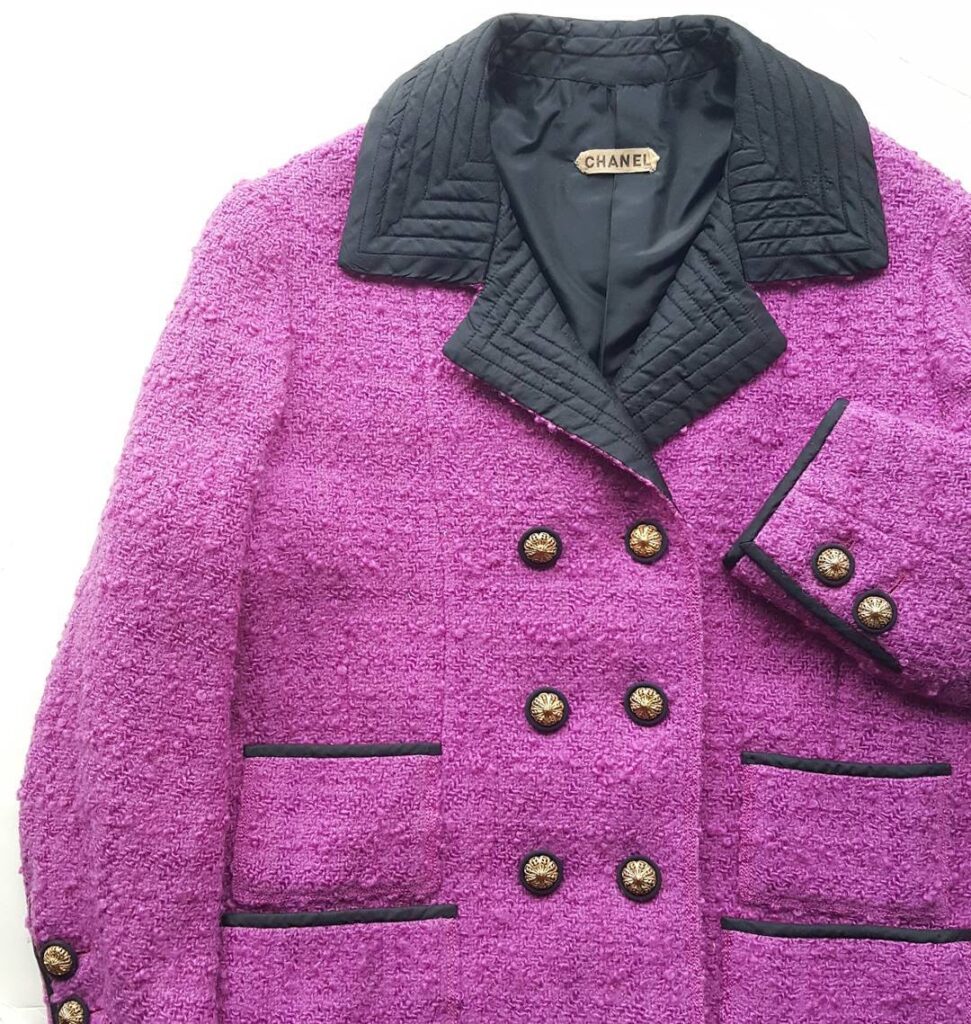
When did you first get into second-hand and vintage trading?
When I was in the process of applying for my green card, I wasn’t permitted to work at a company, so I started doing my own thing. I have been collecting fashion, paintings and antiques since I was in high school. Even when I was in middle school, I would buy like, antique chairs to repair them and sell them online. At some point, even if you are just collecting for yourself, some of your past purchases are not so interesting to you anymore. I sometimes just find better examples from that particular designer.
I started to realise that with the reselling business I was almost making the same money as I was at Michael Kors – maybe more – depending on what I could find. It just made more sense to carry on with it, bearing in mind the way fashion affects the environment. I think there’s too much production of fashion right now. There’re so many brands with so many collections. It just felt better not to be part of that. Sometimes, I go to big department stores, like Macy’s, and see all the discount sections – piles and piles of clothing, most of it made of polyester or other synthetic materials. It feels disgusting.
What was it like witnessing that process first-hand?
Well, there’s a lot of waste during the design process as well. One of the places I interned, they’d buy vintage pieces or items by other designers as inspiration pieces and then send them to Italy – along with some expensive fabrics – to have exact replicas made. The replicas were then sent back to our fitting room to be altered. The model wears the outfit while they just cut pieces off and draw all over the fabric with a sharpie. I mean, the pieces are all made from really nice fabrics – sometimes from leathers. After they have all been taped, cut up and drawn on, they go back to the factory and a new sample is made. All the wasted fabric is thrown out. This can happen like 3 to 4 times until they get what they want. Or sometimes a sample comes from a factory in China, for example, and it’s not something they expected. They’ll say, ‘oh, we don’t really need this anymore but this strap detail on the back looks nice’. So, they just cut that part off as an inspiration and throw the bag in the garbage.
And I’m guessing, when you say ‘the garbage’, you’re not referring to the recycling.
No.
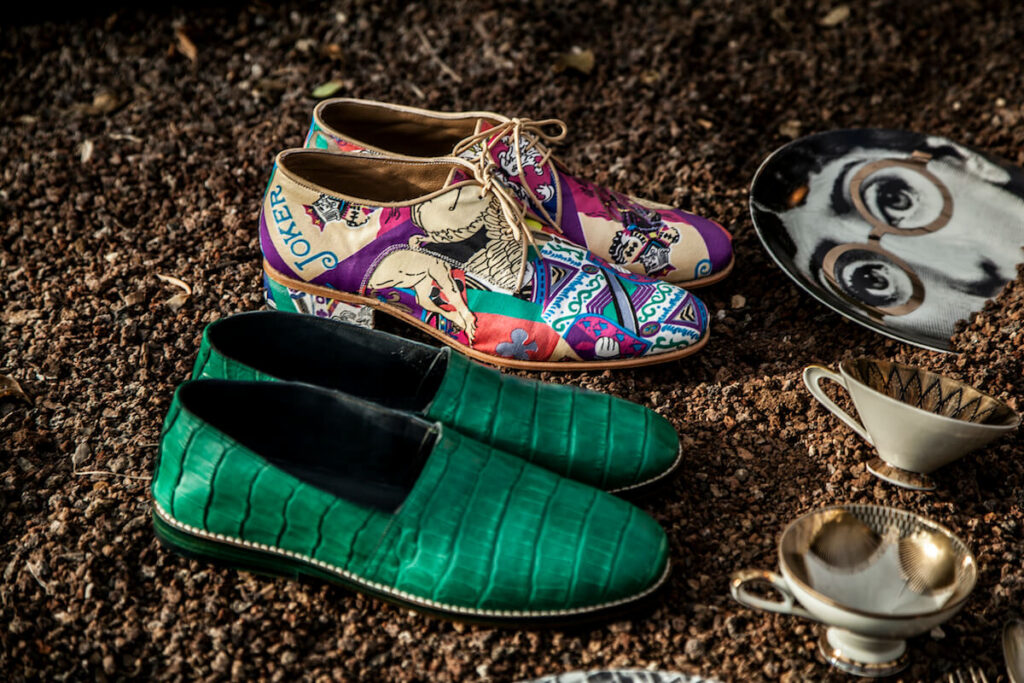
What, would you say, are the main ways in which the fashion industry could change in order to reduce its impact on the environment?
I think it’s really difficult because it’s all about making more money and selling more stuff. Some brands are starting to encourage resales. I recently read that Alexander McQueen started a new program with a website called Vestiaire. They encourage you to sell an item before buying something new. I think they issue you store credits as an incentive which is great. But there’re other brands, like Chanel, that are suing second hand consignment companies for selling their products. They say that only if you buy it from Chanel can you be sure that it’s not a fake. But it’s like, what are you supposed to do? When you purchase a bag for $10,000 you just throw it out when you are done with it?
Do you believe that there is a balance between success and sustainability?
The way I see it, most people who buy that Chanel bag brand new have had to save a lot of hard-earned money to buy it. I think the idea that they could sell their current bag for a good portion of the price is a motivation to buy the new one. In a sense, you only make the major investment once but at the same time, you can keep moving with the trends. I mean, the second-hand market could also help the brand to sell the new items in that way. They certainly shouldn’t have any reason to be against it.
Maybe they could approve their own second-hand section so that they can make money out of it themselves. They already sell so many brand-new ones in the store. If you produce that many, they’ll end up in the second-hand market regardless. Either you limit your new collections – like Hermes does – or you have to accept that there will be a second-hand market.
Also, every brand has to release so many collections – usually 4 collections a year and sometimes more with collaborations and side projects. In Paris, during the second world war, every couture house brought it down to 2 collections a year and even after the war it remained general practice to do so. It was only with increasing demands on mass production that they added in the mid-collections again.
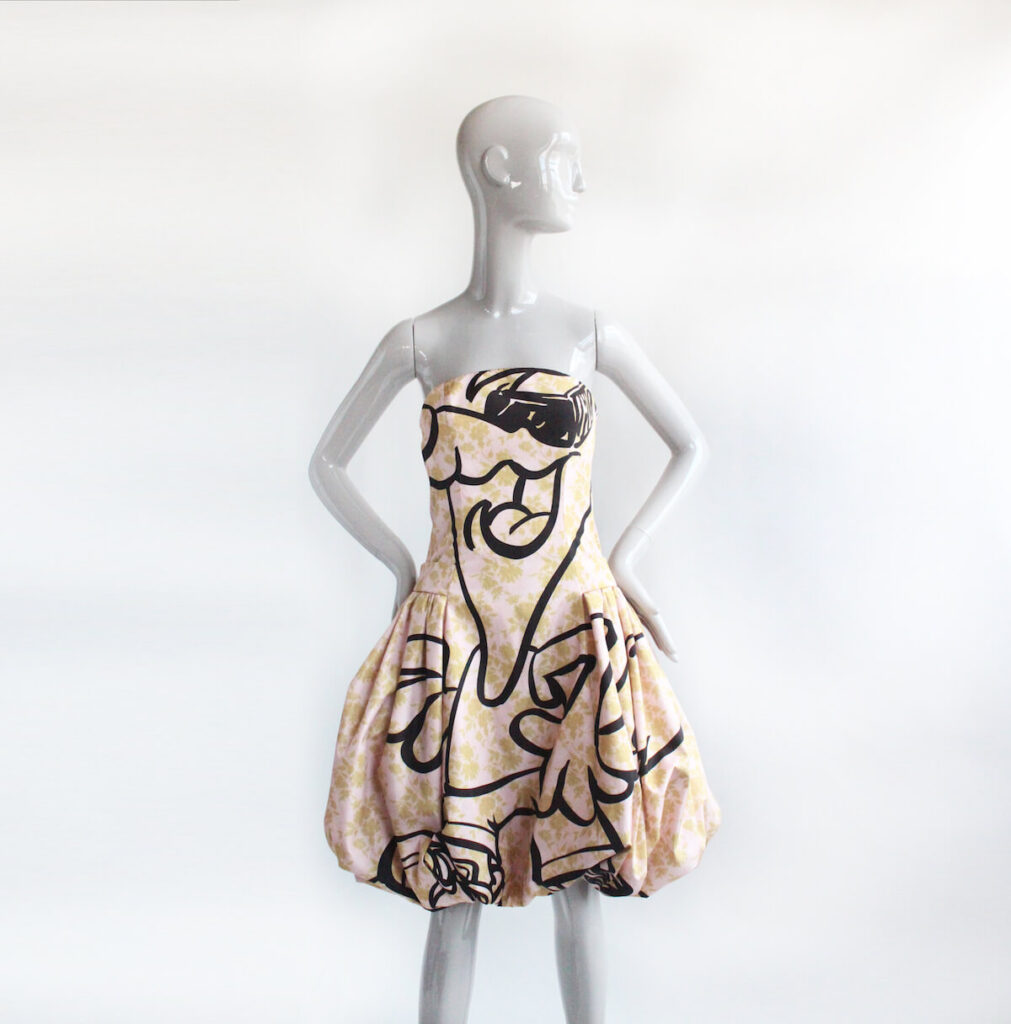
What if designers were to use more in the way of recycled materials?
It depends on what you mean by recycled materials. Would you consider something made out of recycled plastic and new fabric as recycled or sustainable, for example? Definitely the old stock materials could be recycled more. I think Yves Saint Laurent did something in 2000 where they used all the vintage fabric from their storage to make some limited pieces instead of buying new materials. Also, there’s a company called LVMH who are launching an online market place to sell off their unused dead-stock fabric and leather. This is definitely a step in the right direction and I’m really excited to see how it works out.
What are your thoughts on vegan alternatives?
One thing I’d say about vegan alternatives is that, although they are sometimes advertised as ‘green fashion’, they can actually be quite the opposite. In fact, most of the vegan options are really bad for the environment because they’re usually petroleum-based materials. For example, the vegan leathers in handbags and shoes don’t last very long – most of them don’t even last 10 years. I had a jacket I really liked – a sample from Armani Exchange with faux leather details. It’d been in my closet for a while and I didn’t wear it so much. But a few years later, when I took it out, I realised all the finish was coming off from the leather, so much that it was actually not wearable anymore. I’m thinking to replace those parts with real leather at some point because I’d really hate for it to just be thrown in the trash. But this is really common – it happens to vegan leathers all the time. Some luxury handbag brands use vegan alternatives for the linings and, since I’ve been running my vintage business, I see a lot of them with the lining completely falling apart and you simply cannot use it. A lot of other alternatives to natural materials are really bad for the environment too. There’s so much plastic in fake fur, for example. I mean, you don’t have to use real fur but don’t use the fake one either. Just wear something else.
The more we dig into the nitty-gritty of it all, I start to back-track over my past clothing purchases. It is becoming quite apparent to me, at this stage, just how complex these issues really are. There certainly doesn’t appear to be a simple answer to it all, as long as fashion wishes to remain on the cutting edge of creativity. I start to question whether it is even possible for the likes of organic, vegan or fair-trade outlets to compete with major fashion brands.
Kutay explains, “most of the time, these methods are more expensive and major companies won’t necessarily want the customer to end up paying more. I mean, American Apparel tried to have everything made in the USA. But the production costs are a lot here and in order to keep up with the price they want, the quality has to be lower. On the production level, there are also way more regulations when it comes to manufacturing organic materials.”
“The change starts with all of us doing our small part and the companies would have to follow behind that.”
Adanan Ege Kutay
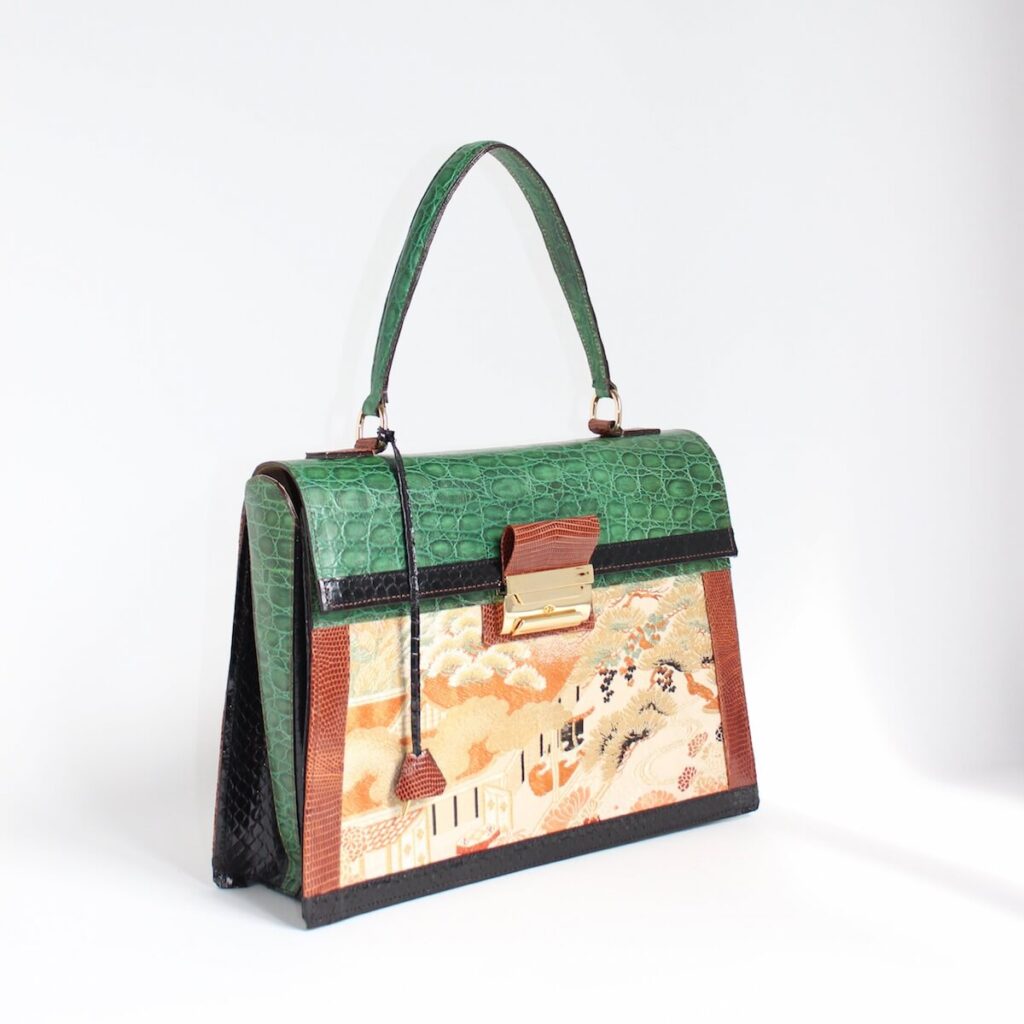
Are their movements from within the fashion industry that are trying to push for change?
Yes, there’re many designers I know who work for big companies and are – at least in their ‘real life’ – very mindful of sustainability. But there is only so much you can do without devoting your life to activism and putting that before your own general survival within the system. If you work for a company, then what that CEO wants, you have to deliver ultimately. I personally felt that by removing myself completely I was making a difference because I’d need to be a part of that business for some time before I’d have any real power to implement that kind of change. I just wasn’t prepared to wait around for that and be contributing to the problem in the meantime.
Would you work for a mainstream fashion label again in the future?
Ah (laughs). I don’t have plans to, right now. I mean, you never know what life is going to show you but I’ve not been applying for any jobs like that for the last few years. I’d like to focus more on the side of the industry that involves preserving the past. If I worked for a company like that again, I’d rather be in their archive department. Many companies have realised that their own history is important and are trying to create their own archives.
Kutay is currently completing a master’s degree in Fashion & Textile Museum Studies at FIT. He muses over his ambitions as an avid vintage fashion collector. “Collecting fashion is my biggest passion, I feel it really defines me”, he says.
“After visiting many fashion museums across Europe and in New York, it dawned on me how much Istanbul needs a fashion museum of its own”. Over the years, Kutay has been harbouring a collection which comprises of over 500 designer garments spanning the late 1940’s to the present day. Designers include: Christian Dior, Chanel, John Galliano and Alexander McQueen, to name but a few. Right now, he is developing an online museum to showcase his collection as a step towards fulfilling his dream to open the first fashion museum in Istanbul.
“I love the idea of creating one-off bespoke pieces – that people would really wear them and cherish them as part of their personal collection.”
Adnan Ege Kutay
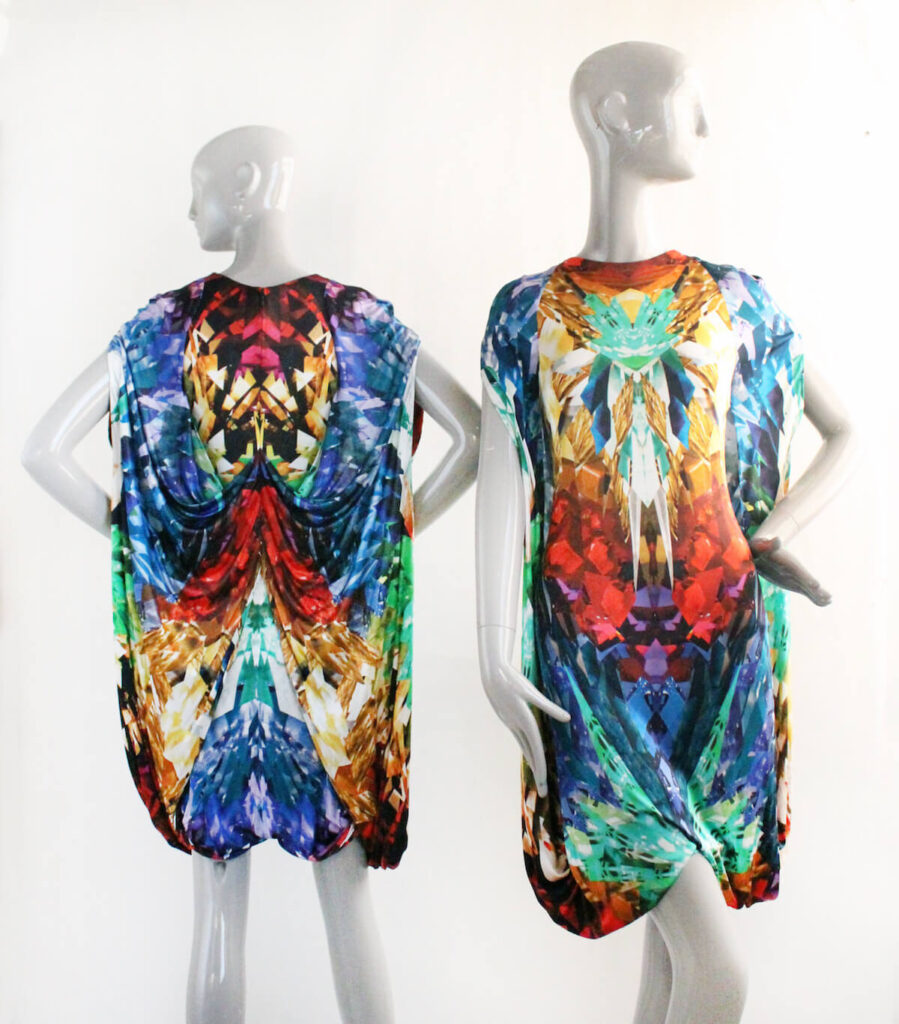
Might we see an original Adnan Ege Kutay collection any time soon?
I don’t know (gives a shy grin). Sometimes I think of doing something like that but I think if I do my own line, it would be just single pieces, you know, one of a kind and perhaps made from recycled materials, old stock materials, reused vintage fabrics, etc. I love the idea of creating one-off bespoke pieces – that people would really wear them and cherish them as part of their personal collection.
And are you hopeful that the new generation of CEO’s might be more conscious of environmental damage?
To be honest, I’m not very hopeful about the CEO’s. But what I do see is a new generation of buyers who are more conscious of buying second-hand. I hope this will push major brands to produce less because they would be making less sales on their brand-new collections. Perhaps they might then have to rethink their business model and ultimately, their whole production line. The change starts with all of us doing our small part and the companies would have to follow behind that.



